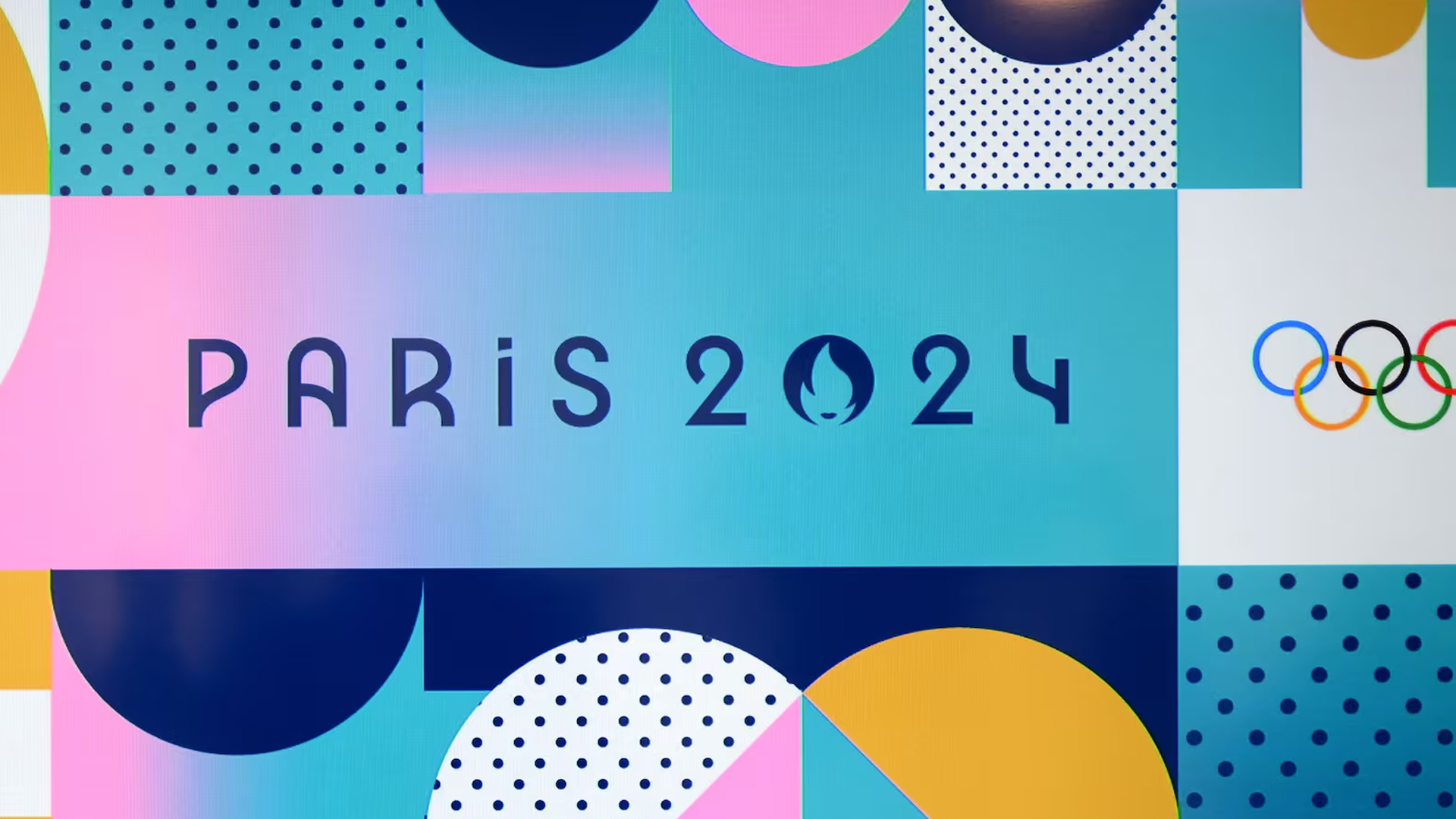If you know me, then you know I love the Olympics. With two weeks of wall-to-wall Olympics viewing happening at my house, it’s been constant inspiration from all the great design. So let’s take a closer look.
The Logo
The Olympic logo serves as a microcosm of the Games to come. It’s the first glimpse into a city’s vision for the event, a visual blueprint that hints at the themes, colors, and spirit that will permeate every aspect of the Olympics. From the opening ceremony to the medal designs, the logo’s essence cascades through the entire spectacle, creating a cohesive and memorable experience for athletes and spectators alike.
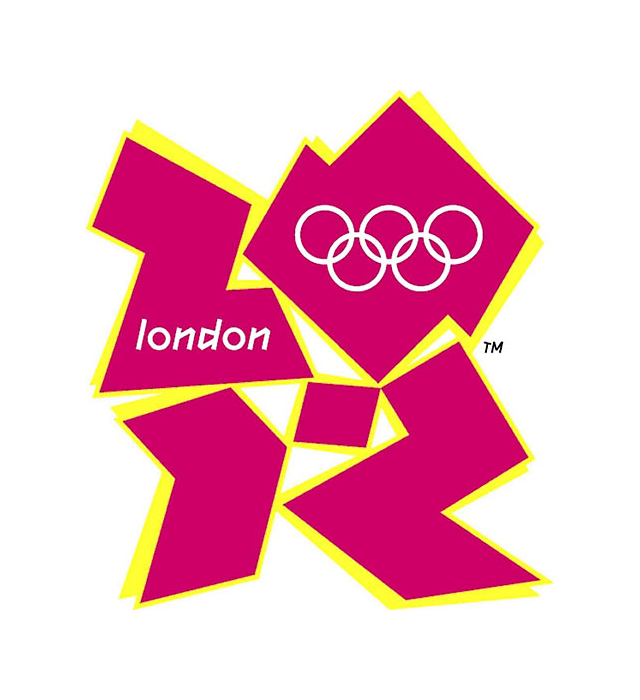
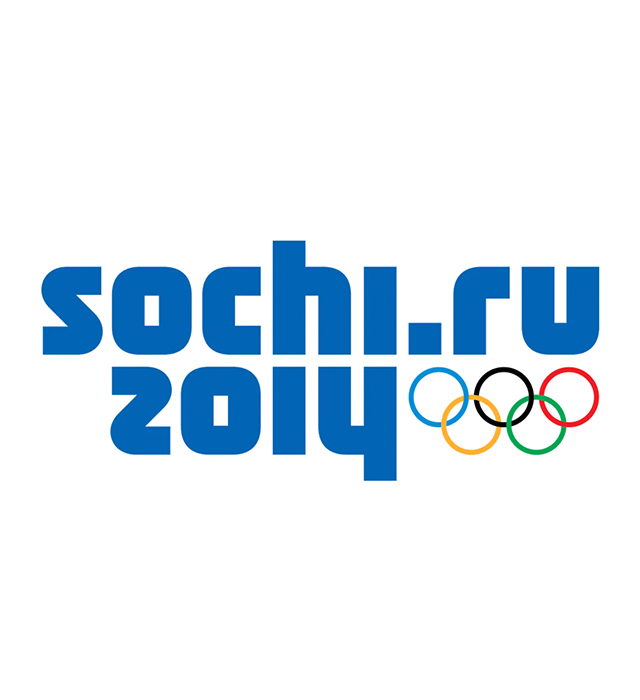
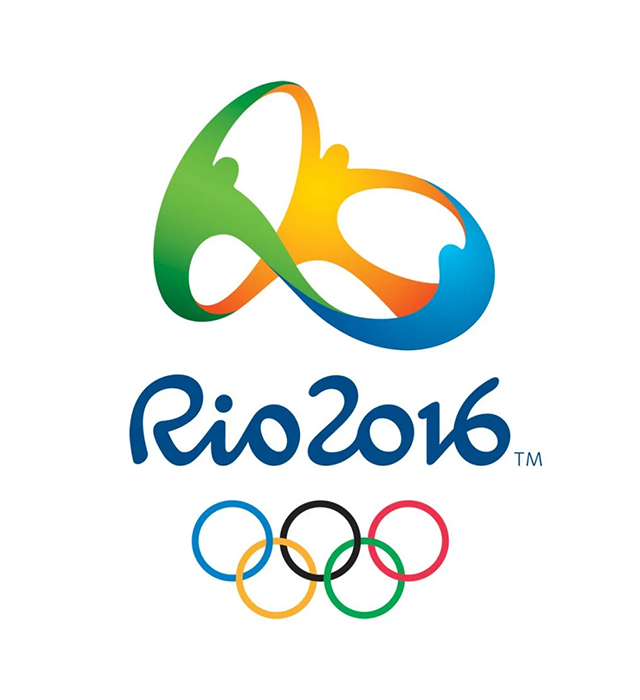

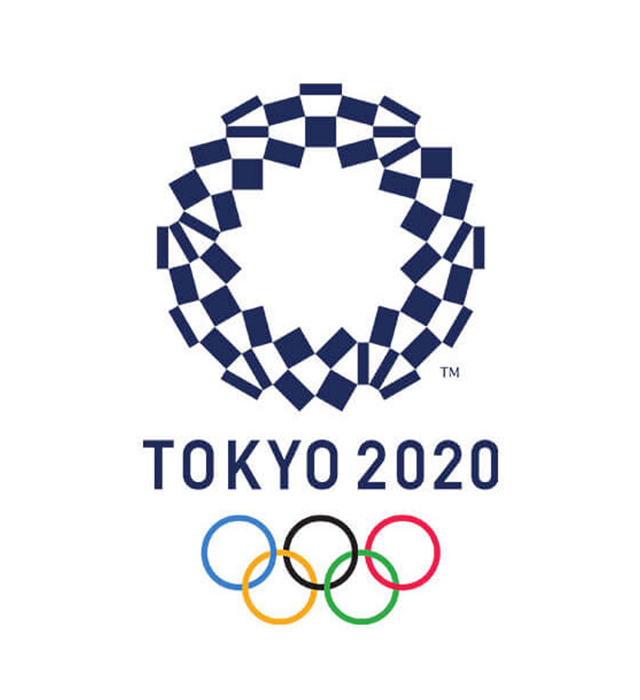
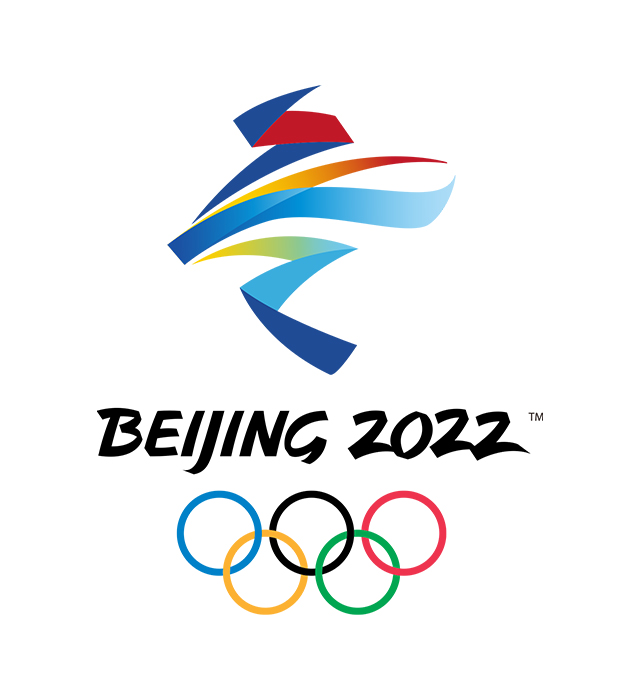
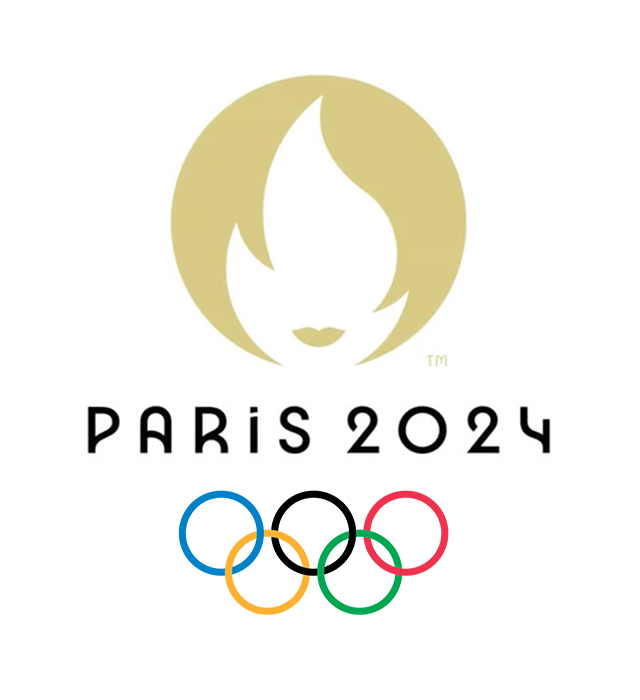
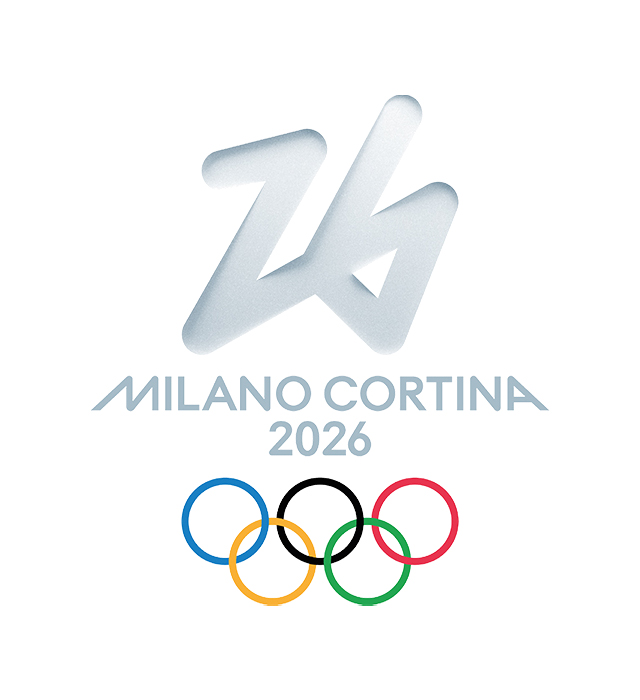
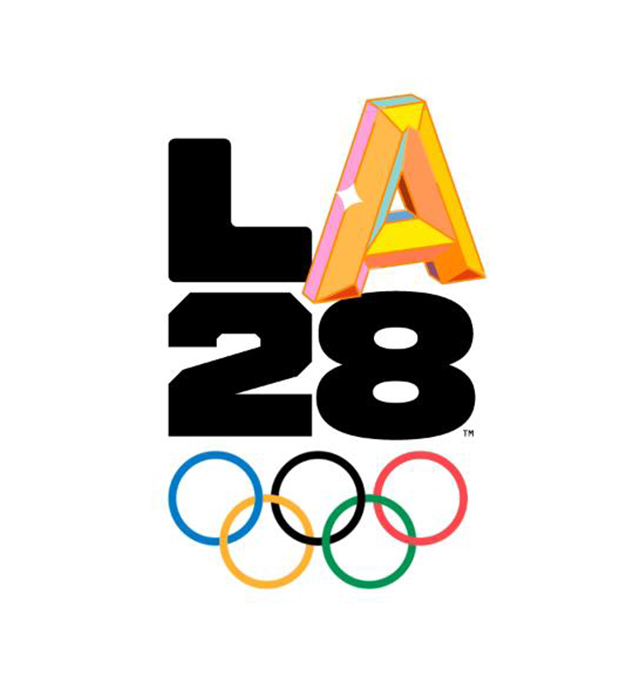
The Torch
The lead-up to the games always has the iconic torch run throughout the country, and is the second glimpse we see into the designs of that year’s Olympics. The last six Olympic torches have showcased a diverse range of designs, each reflecting the unique character of its host city. From the fluid, wave-inspired torch of Rio 2016 to the minimalist elegance of Tokyo 2020, these torches have evolved from traditional metallic structures to incorporate innovative materials and shapes. Beijing 2022’s torch, resembling a swirling snowflake, captured the essence of winter, while Paris 2024’s design promises a modern interpretation of French artistry. These torches not only carry the Olympic flame but also serve as iconic symbols of their respective Games, leaving a lasting impression on athletes and spectators alike.
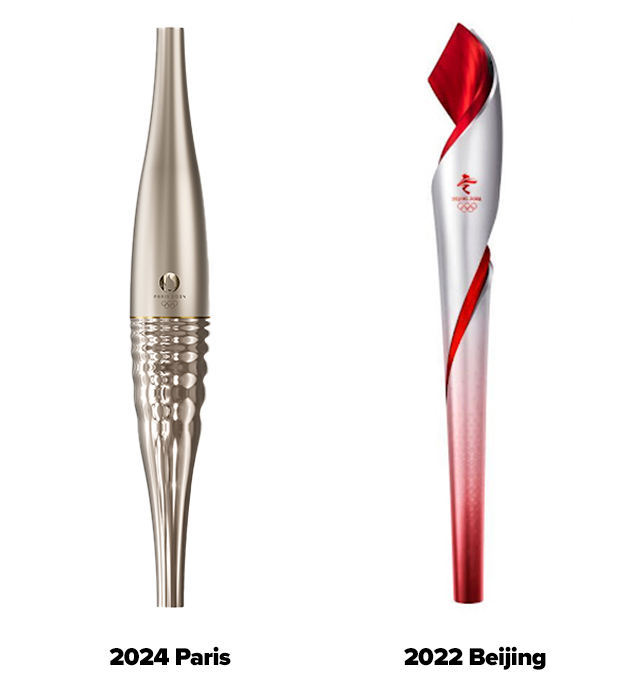
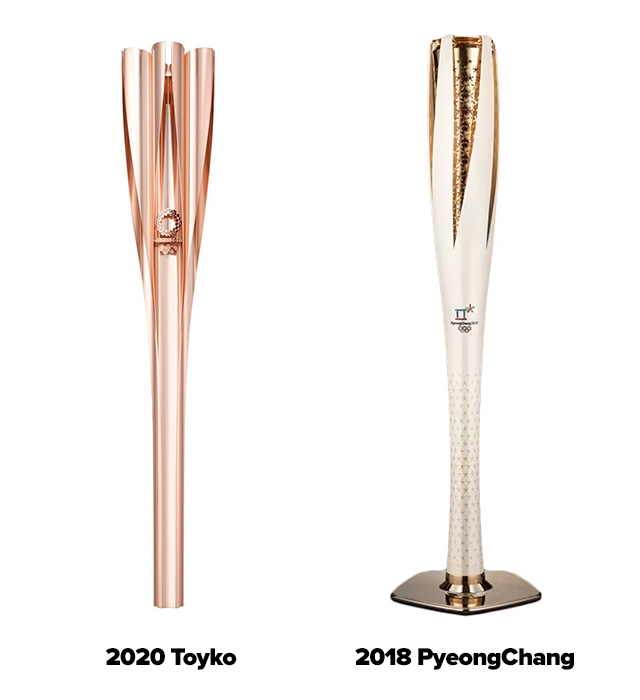
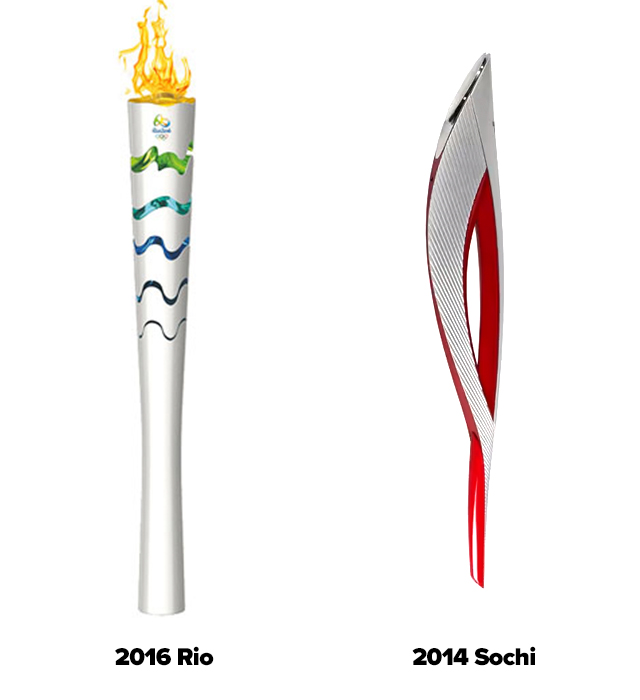
The Cauldron
The journey of the Olympic torch, culminating in the dramatic ignition of the cauldron, has become a pivotal moment in the opening ceremonies. These performances blend artistry, technology, and symbolism. From Vancouver’s ethereal “Fire on Ice” design to London’s industrial-inspired cauldron, these structures have evolved into breathtaking masterpieces.
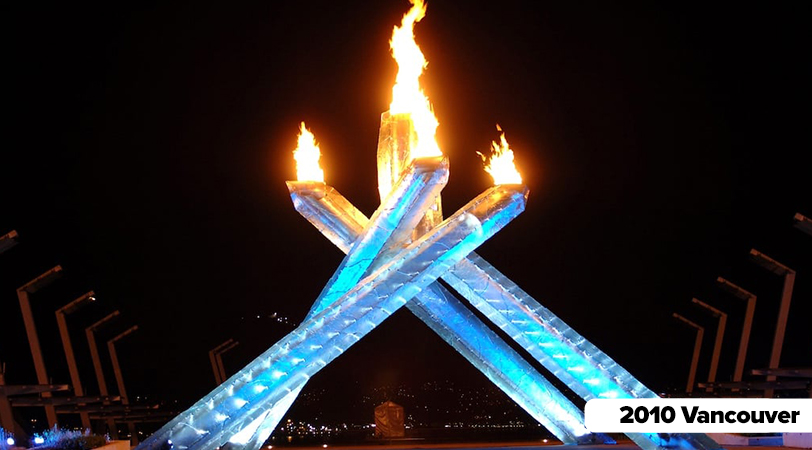
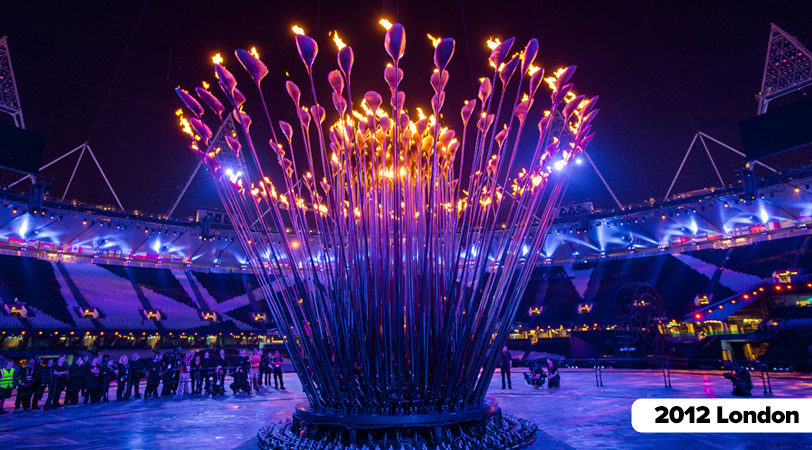
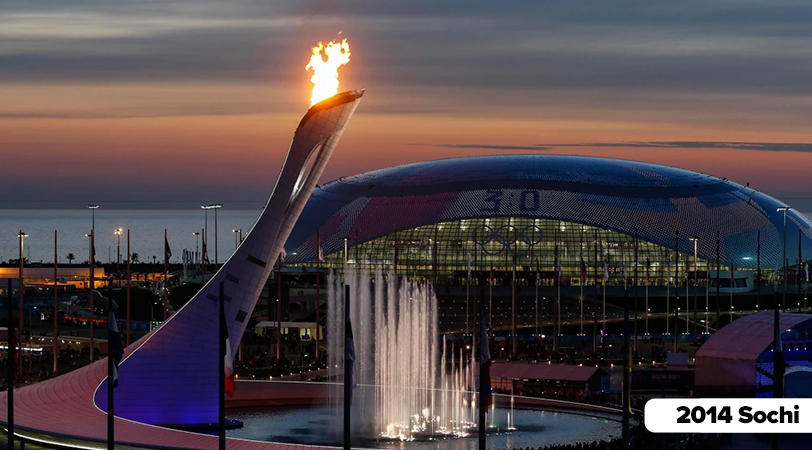
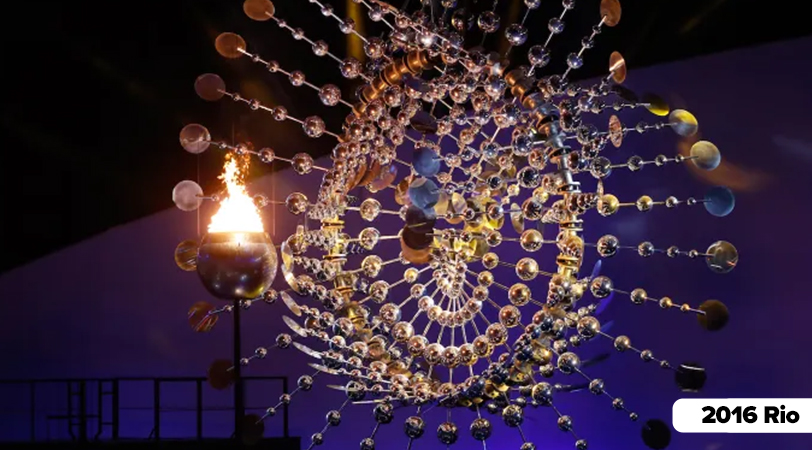
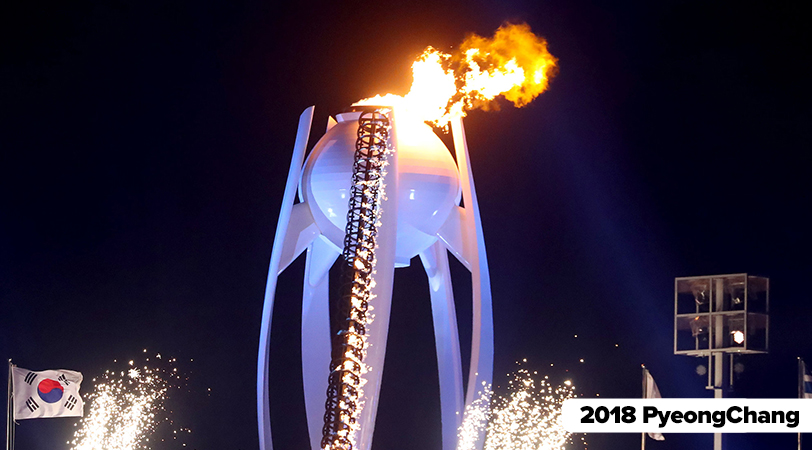
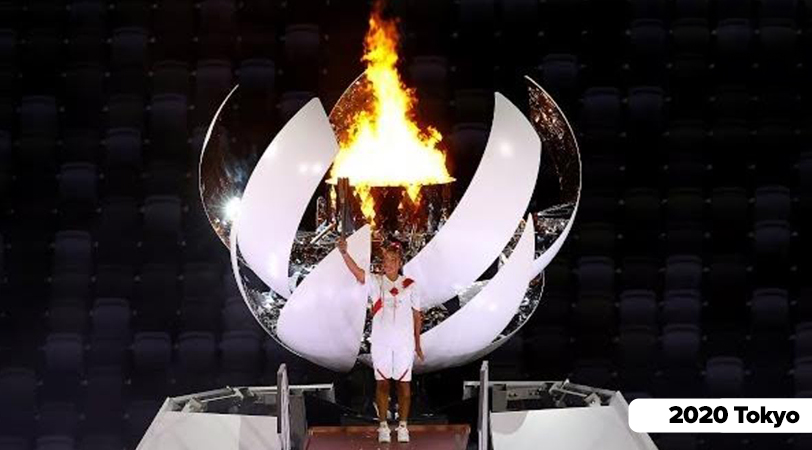
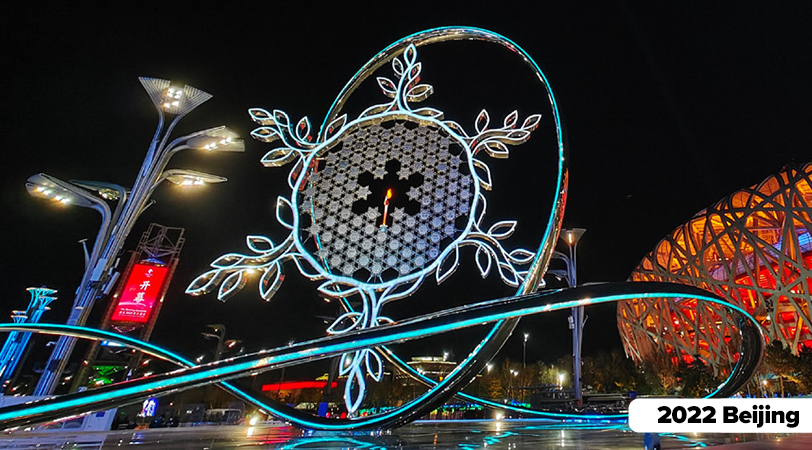
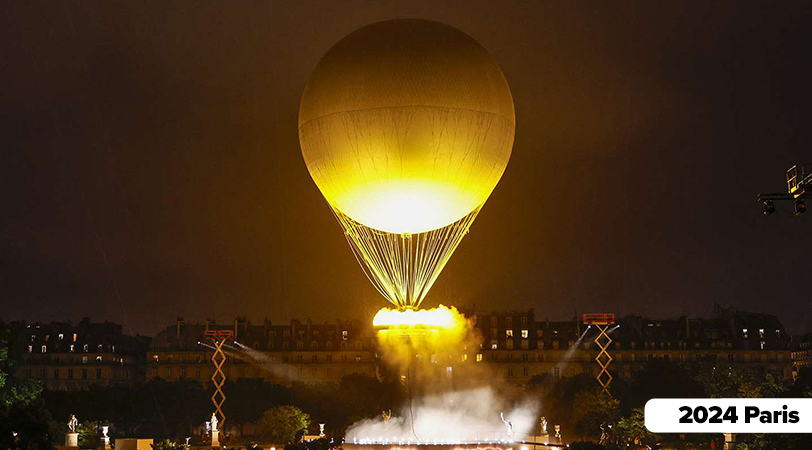
The Pictograms
Olympic pictograms are indispensable tools for fostering global unity and understanding. With athletes from across the world converging on a single stage, language barriers can pose significant challenges. Pictograms transcend linguistic limitations, providing clear and immediate visual communication for everyone involved. These symbols convey complex information about sports, venues, and schedules, ensuring that athletes, spectators, and officials alike can navigate the Games with ease and efficiency. Since 1964, Olympic pictograms have consistently featured simplified athlete figures performing each sport. However, the Paris Olympics marks a significant departure from this tradition, opting instead for a more artistic and innovative visual approach.
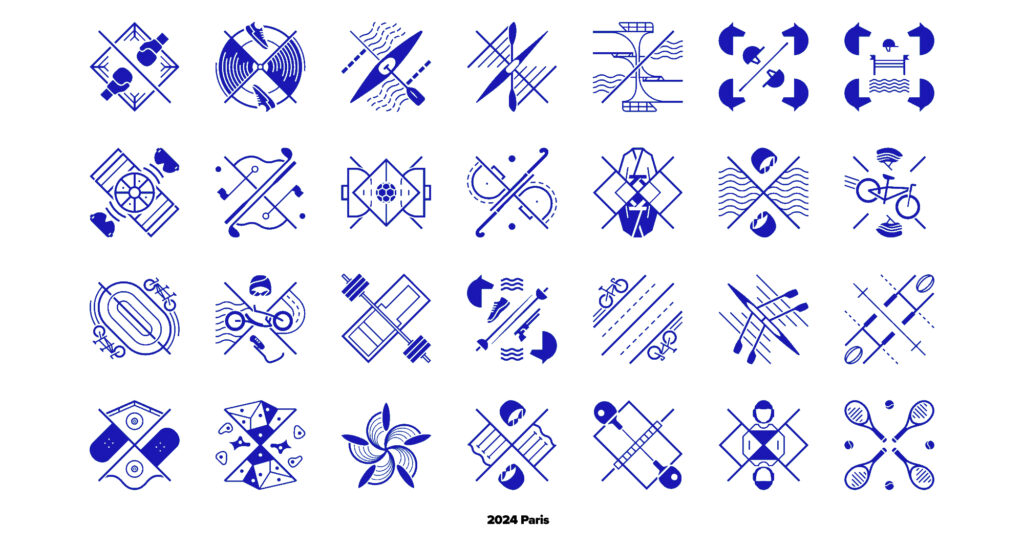
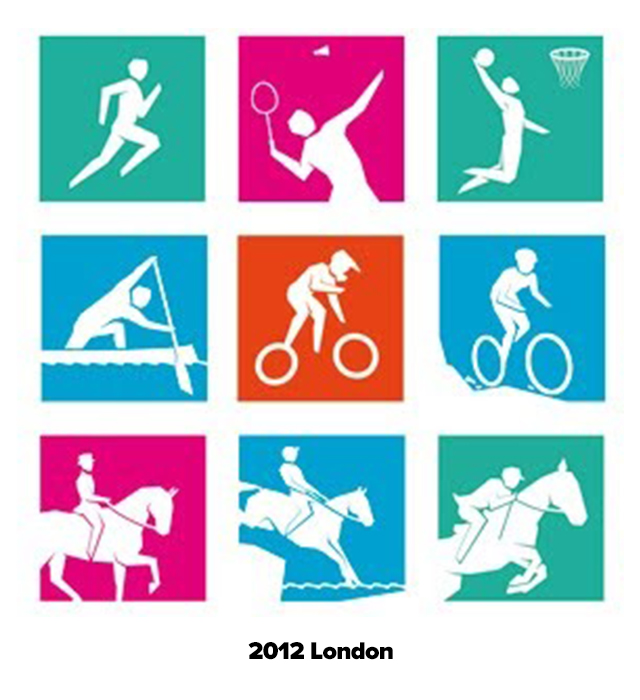
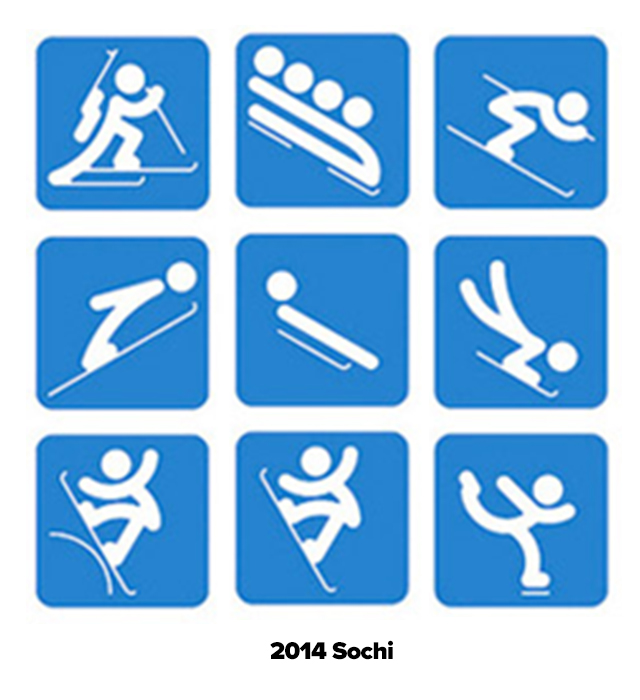
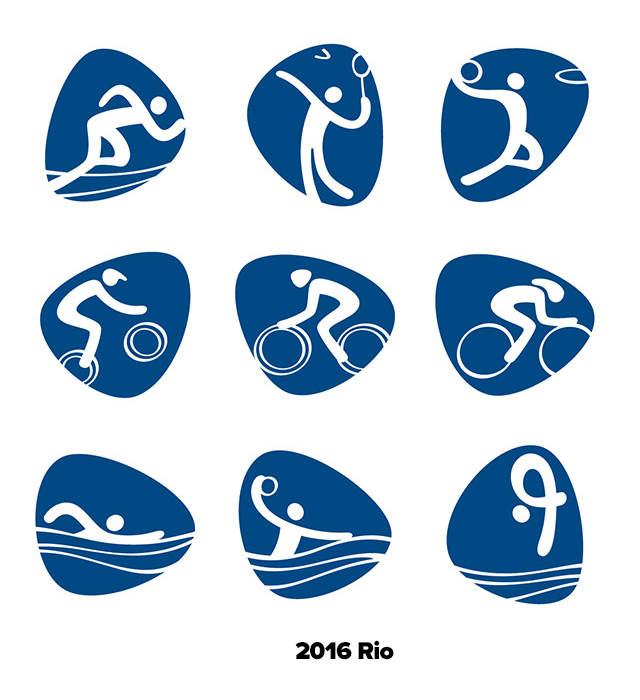
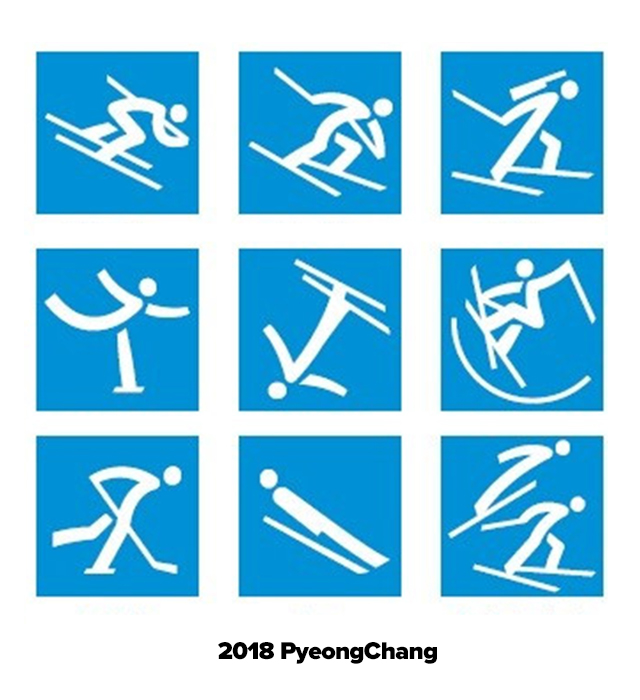
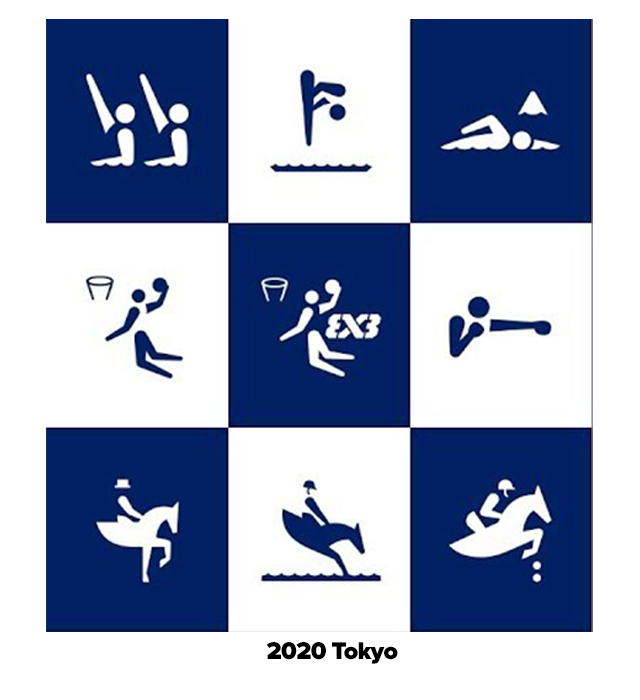

The Medals
Olympic medals are more than just awards; they are tangible representations of athletic excellence and national pride. Each Games presents a unique opportunity for host cities to showcase their culture and values through medal design. From the traditional circular shape to innovative and abstract forms, these precious objects have evolved over time. Incorporating elements of the host country’s history, art, and natural beauty, Olympic medals become coveted symbols of triumph.
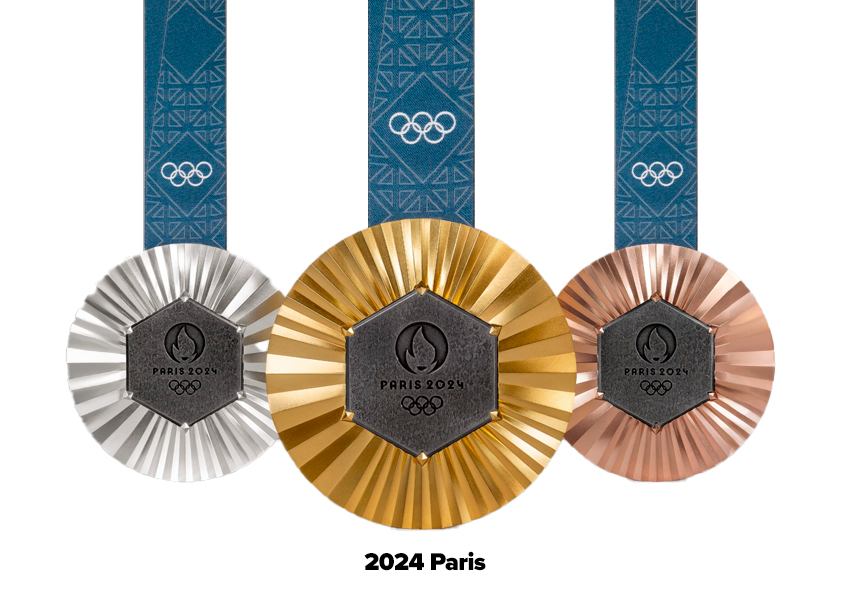
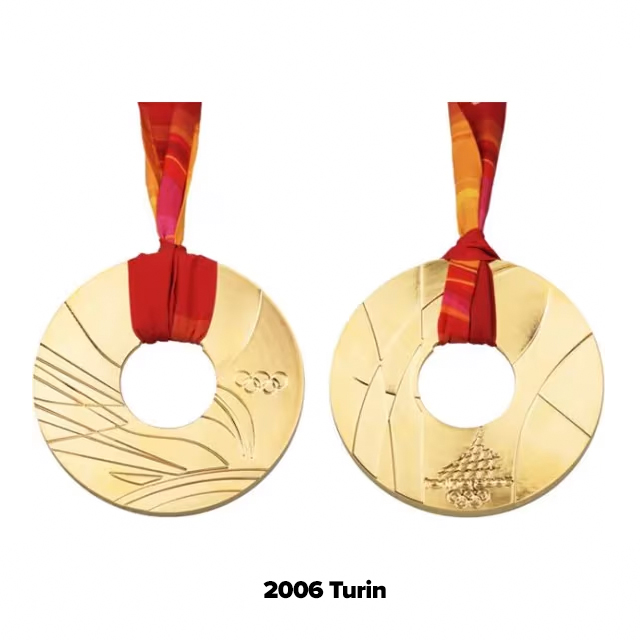
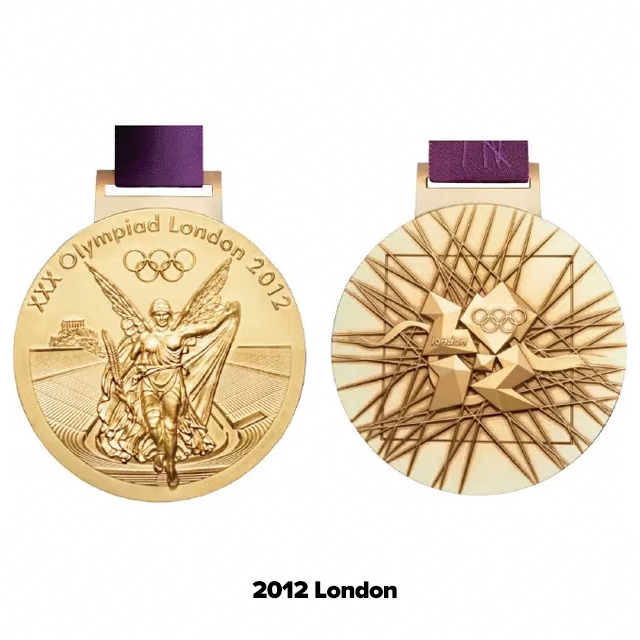
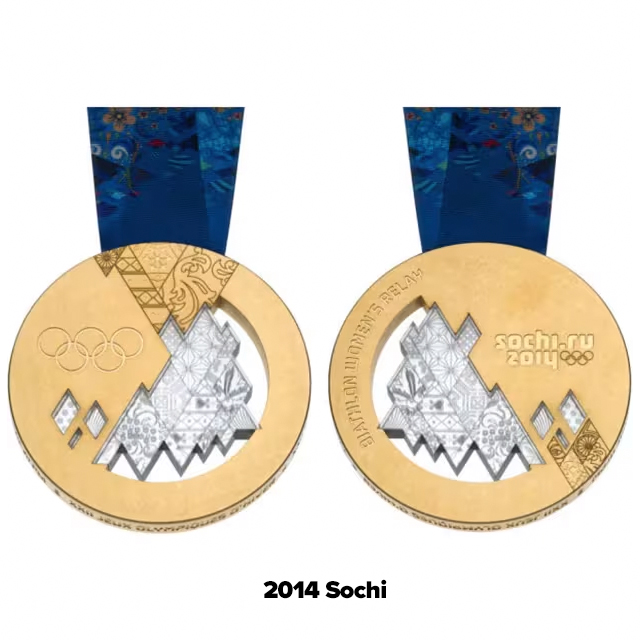
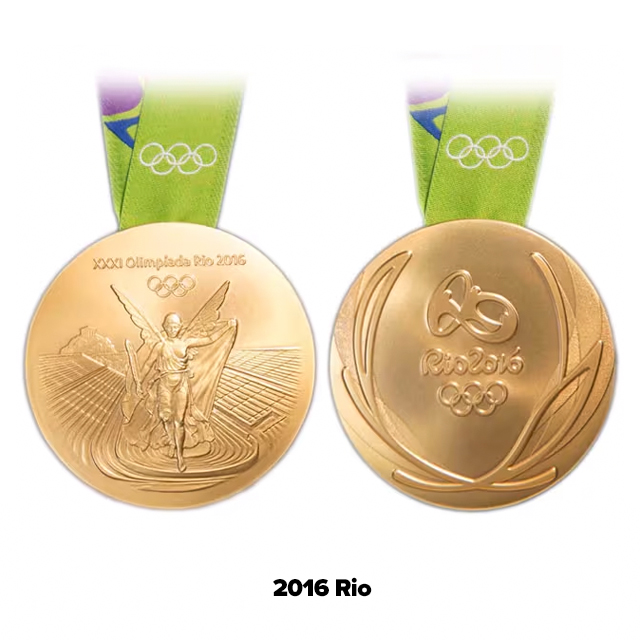
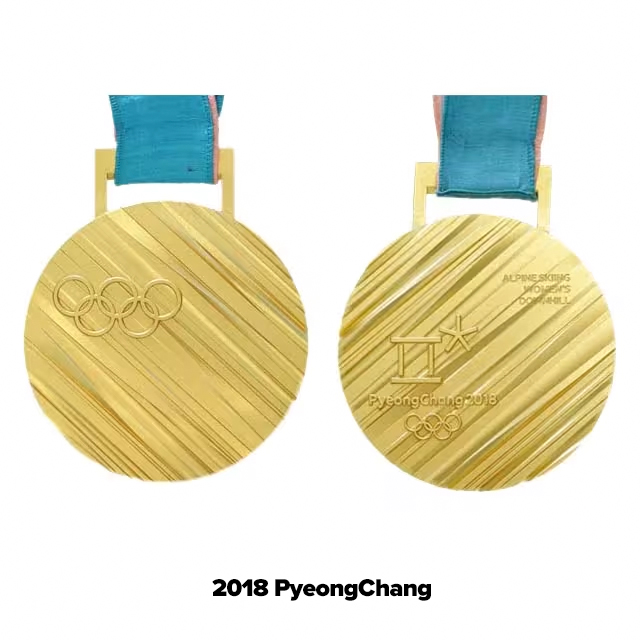
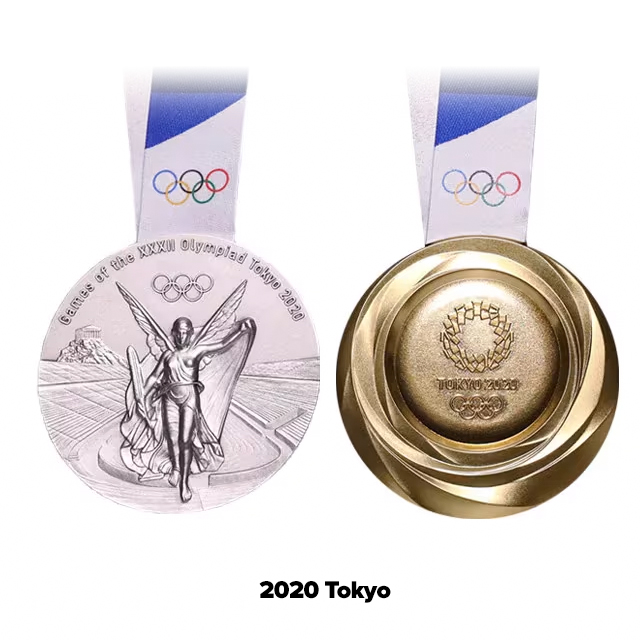
Design Impacts Experience
Design permeates every corner of the Olympic experience. From the grand scale of the Olympic stadium architecture to the intricate details of athlete uniforms, design shapes the visual narrative. The host city’s branding, signage, and public spaces are carefully curated to reflect the Games’ theme. Even the digital realm, with its interactive platforms and broadcast graphics, showcases innovative design. Ultimately, the Olympics is a dynamic canvas where design transforms spaces into immersive environments, capturing the world’s attention and inspiring future generations.
